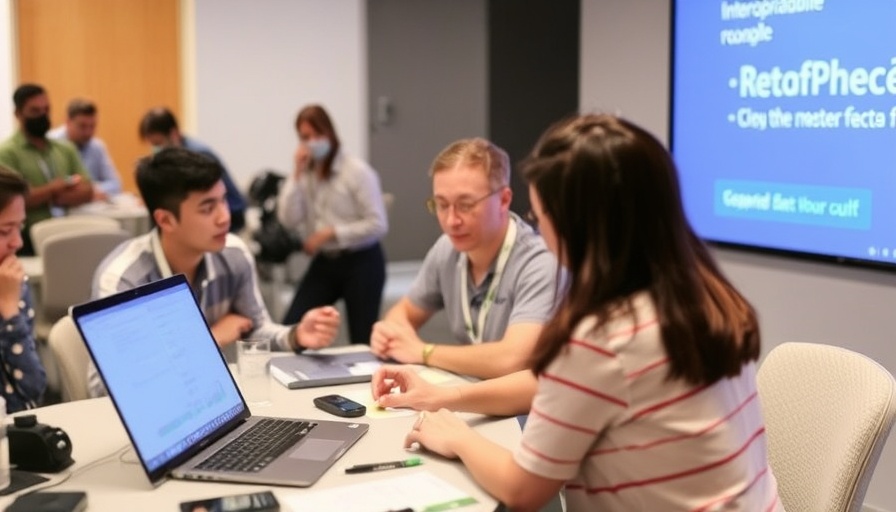
Healthcare Interoperability: A New Era Begins
This week marks a significant advancement in healthcare interoperability, promising to improve data exchange across the sector. The inclusion of Surescripts as a Qualified Health Information Network (QHIN) under the Trusted Exchange Framework and Common Agreement (TEFCA) opens the door for enhanced health information integration that connects electronic health records (EHRs), health plans, and pharmacies. With Surescripts’ robust infrastructure now recognized, many healthcare entities can leverage powerful services for directory management and patient matching.
Sequoia Project’s New Compliance Checklist
In tandem with these developments, the Sequoia Project has released a comprehensive checklist for healthcare payers, focusing on the compliance requirements set forth by the Centers for Medicare & Medicaid Services (CMS). This ready-to-use tool addresses the imminent January 2027 compliance deadlines for payer-to-payer data exchange, which is critical for ensuring better patient care continuity during health plan transitions. According to Mariann Yeager, CEO of the Sequoia Project, starting early with compliance efforts can alleviate burdens as deadlines approach.
The Role of Redox in Expanding Connections
Also noteworthy is Redox’s participation in CommonWell, another step toward enriching the interoperability landscape. By joining this initiative, Redox is set to enhance healthcare integration capabilities, which will ultimately benefit health systems striving for seamless data sharing. With these collaborative efforts, the healthcare landscape is on track to becoming more interconnected, enabling providers to deliver improved care for patients publicly and privately.
Why This Matters to Healthcare Professionals
The implications for healthcare providers cannot be overstated. As the infrastructure for data sharing evolves, healthcare IT professionals, administrators, and care teams must adapt to leverage these advancements. This is not only about compliance; it’s about improving patient outcomes and facilitating smoother transitions during insurance changes or care handoffs.
Looking Ahead: A Future of Improved Patient Care
The trajectory of healthcare interoperability is becoming increasingly clear. With organizations like Surescripts and Redox at the forefront, healthcare providers can anticipate a future where data flows freely and efficiently. Preparing for these shifts now offers opportunities for those in the healthcare sector to stay ahead, ensuring they are ready to implement best practices that enhance care delivery.
 Add Row
Add Row  Add
Add 




Write A Comment